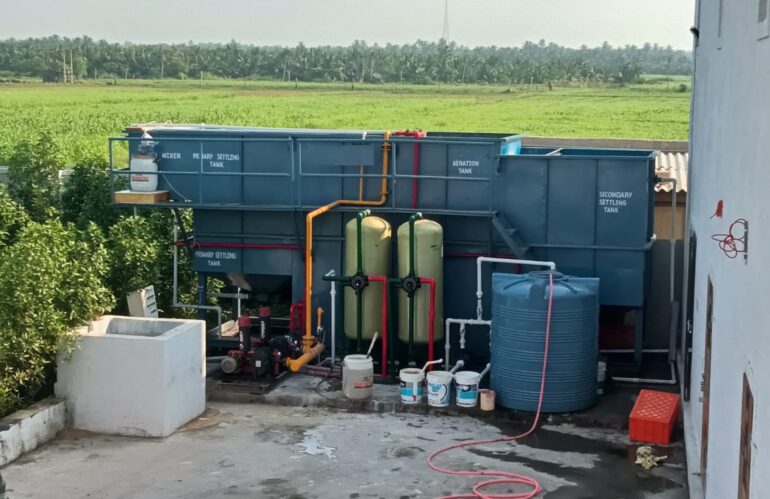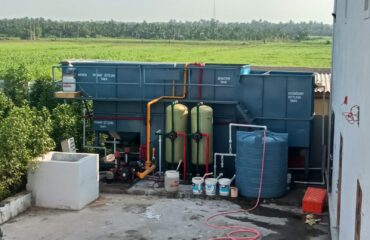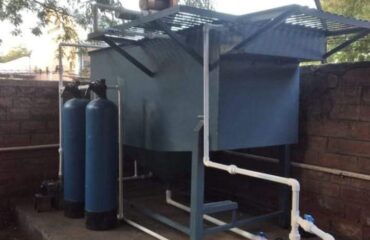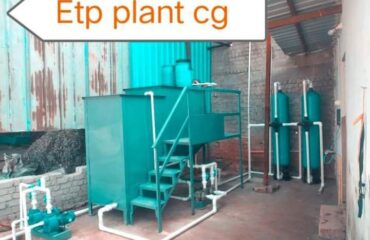Introduction
Meerut, a bustling city located in the state of Uttar Pradesh, is experiencing rapid urbanization and industrial growth. As the city progresses, the responsible management of industrial wastewater becomes crucial to prevent environmental degradation. The establishment of an Effluent Treatment Plant (ETP) in Meerut holds the key to balancing urban development with environmental conservation.
Understanding Effluent Treatment Plants (ETPs)
An Effluent Treatment Plant (ETP) is an essential infrastructure that treats industrial wastewater before its discharge into the environment. It employs a combination of physical, chemical, and biological processes to remove pollutants and contaminants from wastewater, ensuring that it meets the required quality standards.
The Significance of ETPs in Meerut
1. Mitigating Water Pollution
Meerut’s growing industries generate significant volumes of wastewater containing various pollutants. ETPs play a vital role in treating this wastewater, preventing its release into water bodies and averting water pollution.
2. Safeguarding Public Health
Untreated industrial effluents can contain harmful substances that pose health risks to both humans and aquatic life. By treating wastewater, ETPs protect public health and the overall well-being of the ecosystem.
3. Conserving Natural Resources
Meerut, like many other cities, faces water scarcity issues. ETPs contribute to resource conservation by treating wastewater to a quality suitable for reuse in non-potable applications, reducing the strain on freshwater sources.
4. Ensuring Regulatory Compliance
With stringent environmental regulations in place, industries are obligated to treat their wastewater before discharge. ETPs facilitate industries’ compliance with these regulations, fostering a culture of responsible waste management.
5. Supporting Sustainable Development
ETPs align with Meerut’s vision of sustainable urban growth. They enable industries to prosper while minimizing their environmental footprint, creating a harmonious coexistence between economic progress and ecological well-being.
Key Components and Processes of ETPs
- Pre-Treatment: Removal of large solids, debris, and oil and grease through screening and sedimentation.
- Primary Treatment: Settling and separation of suspended solids using physical and chemical processes.
- Secondary Treatment: Biological degradation of organic matter by microorganisms, further purifying the wastewater.
- Tertiary Treatment: Advanced filtration and disinfection processes to achieve the desired water quality.
- Effluent Disposal: Treated water can be safely discharged into water bodies or utilized for irrigation and other non-potable purposes.
Challenges and Solutions
- Diverse Effluent Composition: Industries produce different types of wastewater. ETPs must be adaptable to handle varying effluent compositions.
- Energy Consumption: ETPs can be energy-intensive. The integration of energy-efficient technologies helps minimize energy consumption.
- Maintenance and Monitoring: Regular maintenance and stringent monitoring are essential to ensure ETPs’ consistent performance.
Conclusion
The establishment of an Effluent Treatment Plant in Meerut signifies the city’s commitment to responsible growth and environmental stewardship. By treating industrial wastewater, Meerut ensures that its progress does not come at the cost of environmental degradation. ETPs serve as guardians of the ecosystem, fostering a future where urban development and nature coexist harmoniously.




